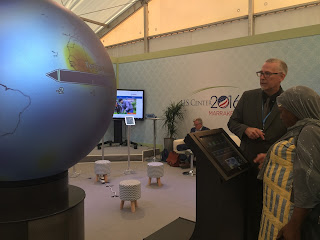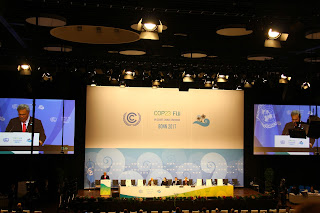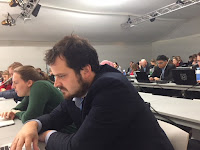A Scientist's Guide to the COP

Posted by: Anna McGinn From our experience at COP23, coupled with our attendance at previous COPs, Will and I wrote a Scientist’s Guide to the COP . This guide is written to help scientists, especially from UMaine, better navigate the COP by providing explanations of negotiating processes, ways that science interfaces with the negotiations, and tips on making the most of one’s time at the conference. In 2018, COP24 will be held in Katowice, Poland, where thousands of delegates from around the world will gather to negotiate the next stage of post-Paris Agreement climate actions, share knowledge, and learn about the impacts of climate change around the world. UMaine will again send a small delegation to attend COP24 to share our science, hear what others are doing, and learn how we can better shape our science to address policy relevant questions. You can access the guide on the Climate Change Institute Website and on this blog on the Scientist's guide...







